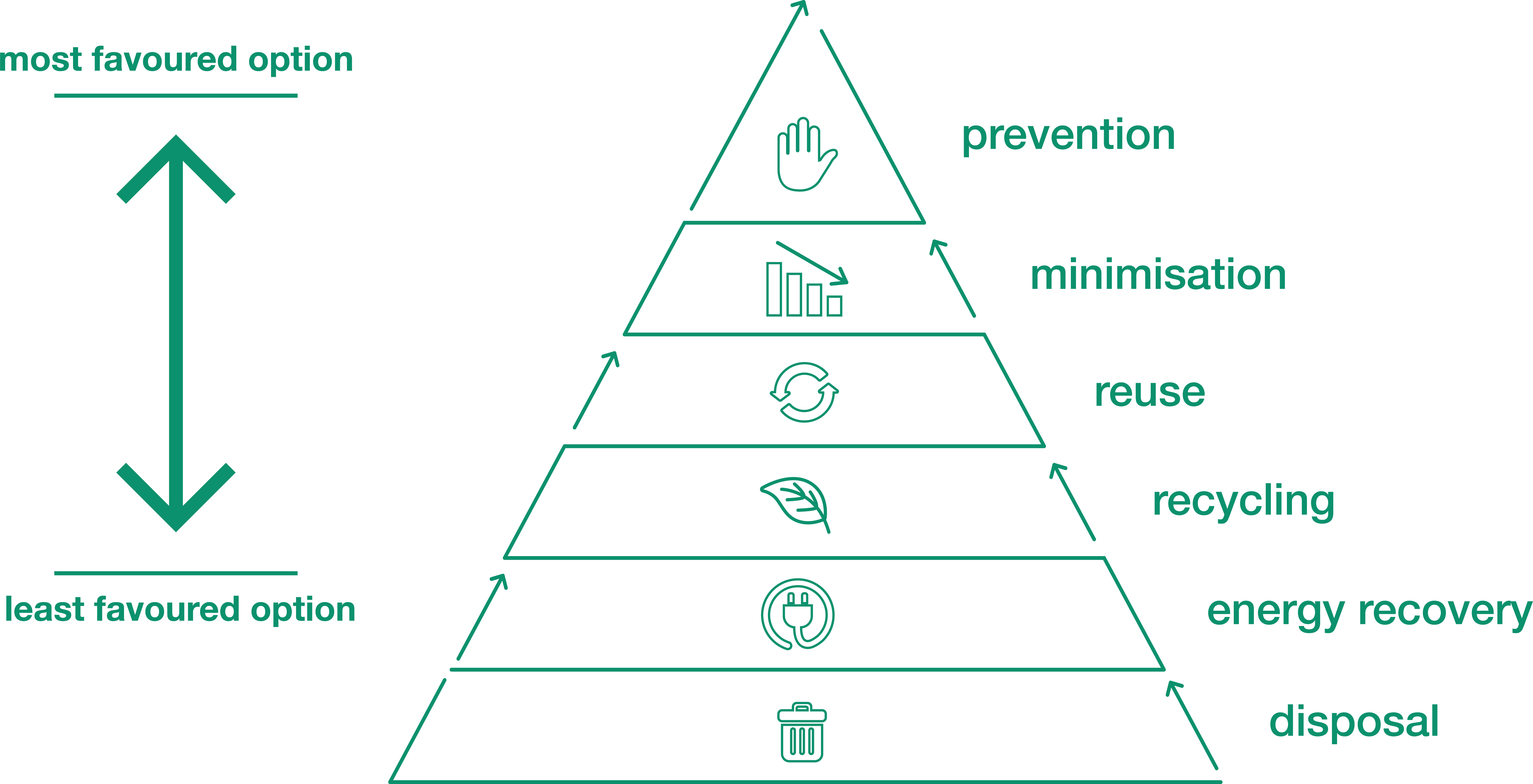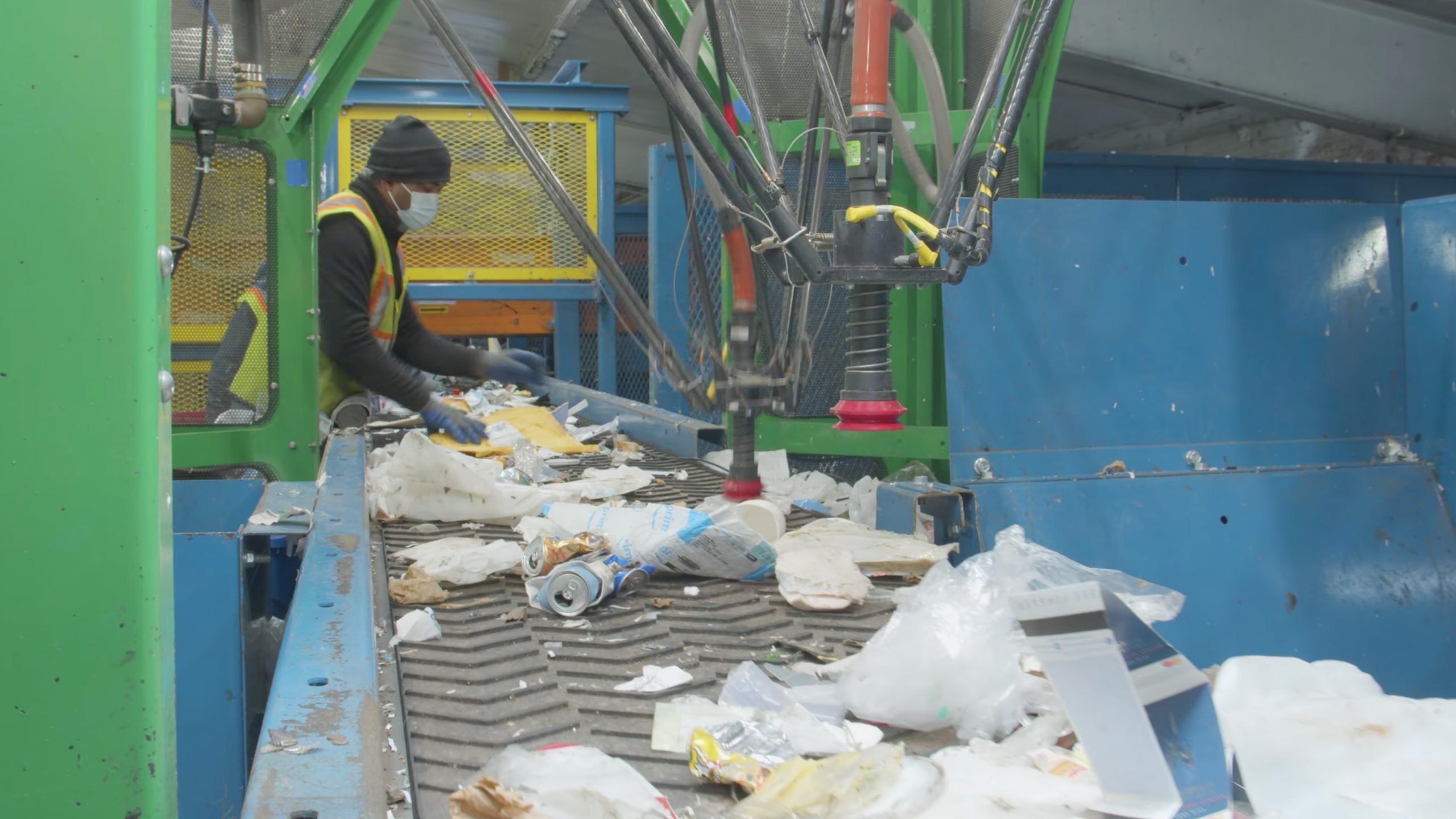Comprehending the Category and Handling of Different Kinds Of Waste
Efficient waste management is pivotal for ecological sustainability, needing an extensive understanding of the classification and handling of different waste types. House waste, industrial byproducts, hazardous materials, electronic refuse, and organic remnants each necessitate unique protocols to ensure safety and reduce eco-friendly damage.

House Waste
House waste, including a broad range of disposed of materials created from day-to-day living tasks, stands for a considerable part of the overall waste stream - recycling lives services. This category consists of natural waste such as food scraps, lawn cuttings, and paper items, alongside not natural products like plastics, metals, and glass. The diverse nature of household waste necessitates efficient classification and administration to mitigate ecological effect and advertise sustainable living practices
Reliable house waste management begins with partition at the source, assisting in recycling, composting, and risk-free disposal. Organic waste, for circumstances, can be composted to create nutrient-rich soil modifications, reducing garbage dump worry and enhancing soil health. Recyclable materials, consisting of paper, glass, and specific plastics, can be processed and repurposed, saving sources and reducing energy intake connected with brand-new material production.
Furthermore, hazardous home waste such as batteries, electronic gadgets, and cleaning chemicals requires specialized handling to stop soil and water contamination. Public understanding projects and hassle-free disposal choices play vital functions in making sure appropriate disposal and recycling of these products. By implementing robust waste reduction techniques and fostering community engagement, communities can significantly reduce the environmental impact of household waste.
Hazardous Waste
Industrial waste, a major contributor to worldwide waste generation, encompasses a diverse variety of products created by manufacturing, building, and other commercial tasks. Reliable administration of commercial waste is critical for lessening environmental impact and promoting sustainable practices.
The handling of hazardous waste usually involves several processes: collection, disposal, treatment, and segregation. Collection systems are created to effectively gather waste products from different sources within a commercial operation. Segregation is crucial, as it makes certain recyclable products are separated from non-recyclable ones, which can be guided towards suitable recycling or disposal networks. Treatment processes, consisting of physical, chemical, and organic approaches, are employed to decrease the poisoning, volume, and environmental impact of the waste. Disposal methods like landfilling or incineration are utilized for waste that can not be reused or dealt with.
Taking on methods such as waste minimization, source healing, and recycling can significantly reduce the worry of hazardous waste on the setting, adding to even more lasting industrial practices.
Hazardous Waste

The classification of dangerous waste is usually based upon its chemical and physical attributes. Hazardous wastes consist of damaging compounds that can create adverse wellness results also click site at low focus. Harsh wastes can damage or damage living tissues and materials. Combustible wastes can quickly ignite, posturing fire hazards, while responsive wastes can trigger explosions or launch harmful gases upon call with other materials.
Effective dangerous waste management includes numerous vital methods: recognition and partition of harmful products, safe transportation and storage, and appropriate treatment my website and disposal. Treatment approaches may consist of chemical stabilization, incineration, and neutralization. Regulatory compliance is necessary, led by frameworks such as the Source Preservation and Healing Act (RCRA) in the USA, which guarantees safe and ecologically sound monitoring of contaminated materials.
Electronic Waste
Digital waste, frequently abbreviated as e-waste, represents an expanding obstacle in waste management due to the rapid obsolescence of innovation. This group includes a wide variety of disposed of electronic devices, including smart devices, computer systems, tvs, and home home appliances. The complexity of e-waste hinges on its composition; these products include a mix of valuable materials such as gold and copper, in addition to dangerous substances like cadmium, mercury, and lead.

Regulation and regulations, such as the European Union's Waste Electric and Electronic Tools (WEEE) Instruction, goal to promote liable e-waste administration. These plans mandate makers to promote the collection and recycling of digital items, thereby minimizing the concern on garbage dumps and minimizing environmental contamination.
Organic Waste
Organic waste, encompassing naturally degradable products such as food scraps, backyard trimmings, and agricultural deposits, makes up a considerable section of the local strong waste stream. This type of waste is notable not just for its volume however also for its possible environmental impact otherwise handled appropriately. Organic waste can disintegrate anaerobically in landfills, creating methane, a powerful greenhouse gas adding to climate change.
Appropriate handling of natural waste includes a number of techniques. In addition, drawing away food waste from garbage dumps through donation programs can minimize food instability while decreasing waste.
Municipalities and companies are increasingly identifying the importance of natural waste monitoring. Executing extensive natural waste recycling programs not just reduces ecological influences yet additionally lines up with broader sustainability check that objectives, promoting a circular economic climate where sources are constantly recycled and repurposed.
Conclusion
Effective waste administration and environmental management demand an extensive understanding of the category and handling of different waste types. Household, industrial, unsafe, digital, and organic waste each call for unique procedures for disposal, therapy, and segregation. Correct management minimizes environmental influence, saves resources, and advertises sustainability. Applying appropriate approaches for each and every waste type guarantees accountable and risk-free waste administration practices, eventually adding to the security of ecosystems and public health and wellness.
Reliable waste administration is pivotal for environmental sustainability, requiring a comprehensive understanding of the classification and handling of numerous waste kinds.Household waste, encompassing a broad variety of discarded products generated from everyday living activities, represents a significant component of the overall waste stream.Industrial waste, a significant factor to worldwide waste generation, encompasses a diverse range of materials produced by manufacturing, building, and other industrial activities (recycling lives services).Hazardous waste, a crucial worry in waste administration, makes up products that position substantial dangers to human health and the setting due to their toxic, destructive, flammable, or responsive properties.Organic waste, encompassing naturally degradable materials such as food scraps, backyard trimmings, and farming deposits, constitutes a substantial part of the municipal solid waste stream